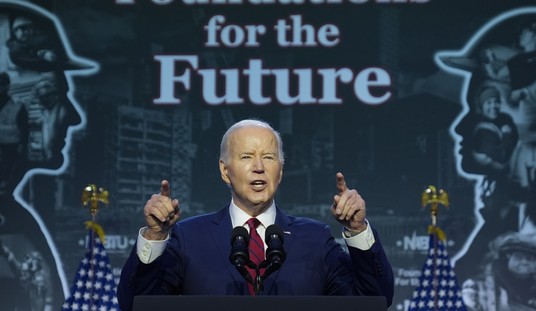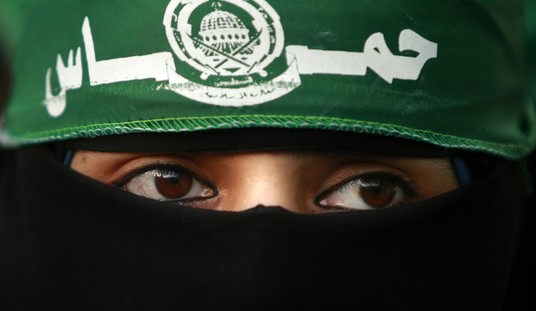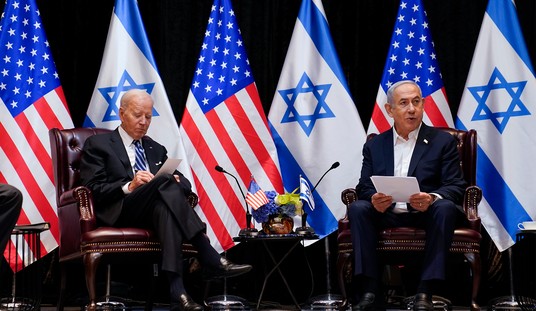ARLINGTON, Va. — The Defense Department said today that the Syrian Democratic Forces are “dominating” ISIS in their offensive to take back the Islamic State capital, while Iraqi security forces have whittled down the number of ISIS left in Mosul to under a thousand.
The Syrian Democratic Forces — an anti-ISIS, anti-Qaeda, anti-Assad coalition composed of more than 50,000 fighters, female and male commanders, Arabs, Assyrian Christians, Kurds, and other minority ethnic groups — launched the Wrath of Euphrates operation at the beginning of November. Since then, the SDF has liberated about 5,000 square miles of territory — including nearly 50 square miles this week alone — in the painstaking push to encircle and choke off Raqqa before moving in.
Before Raqqa comes al-Tabqa, a city 35 miles west of ISIS’ capital that includes a critical dam on the Euphrates.
Operation Inherent Resolve spokesman Col. John Dorrian told reporters via video link from Baghdad today that the SDF have retaken the city’s hospital, which ISIS “was using as a staging area for foreign fighters and a storage area for their weapons and resources.”
They’ve also captured the city center and tore down the black flag of ISIS.
The coalition has also destroyed about 40 barges ISIS was using to shuttle fighters and supplies up and down the Euphrates, Dorrian said.
The SDF has also formed a city council to seamlessly take over in Raqqa after ISIS is defeated.
ISIS, meanwhile, has been constructing defenses in Raqqa “very similar to what we saw in Mosul, so that’s elaborate berms, that’s tunneling, booby traps, all the types of things — vehicle-borne improvised explosive devices,” Dorrian said. “We think that that’ll be a very dangerous and difficult battle when it does begin.”
“…We believe there are 3,000 to 4,000 ISIS fighters in Raqqa, including foreign fighters and various leadership figures. This is a city that holds special significance for the enemy. They consider if their capital in Syria. So it’s not an area that they’re just going to give up very easily.”
Soon, he predicted, it “will be very difficult for enemy fighters or leaders to leave” the city.
ISIS has not been able to retake any territory seized by the SDF in Syria or by Iraqi security forces.
In Mosul, where forces are trying to clear ISIS from the smaller, denser part of the city west of the Tigris, Dorrian said the terror group “continues probing attacks along the Iraqi security forces’ perimeter around Mosul, using small arms and indirect fire and vehicle-borne improvised explosive devices to conduct the attacks.”
“What ISIS is finding is that this force, the Iraqi security forces, are more than capable of stopping attempts for them to escape as the ISF have built up the perimeter in a manner that makes a breakout very difficult,” he added. “…ISIS fighters continue to fire their weapons not just at Iraqi security forces, but also at civilians trying to escape the city. ISIS continues firing their rockets and mortars randomly into civilian areas.”
While progress is slow-going in western Mosul, with the eastern part of the city already liberated and springing back to life, Dorrian confirmed “the Iraqi security forces reduce the number of ISIS fighters with each passing day.”
“I would say that it’s not stalemated. The Iraqi security forces continue their maneuver around the city and they’ll position themselves for these last few neighborhoods. It will be very dangerous, difficult fighting. It will certainly be dangerous as they move into these very dense urban areas, the ancient part of the city with the very narrow roads,” he said. “But they do make progress toward that end every day. And I know that the Iraqi security forces are confident of their ability to finish the enemy in place in Mosul very soon.”
The OIR spokesman estimated “there are fewer than a thousand fighters left in the city — probably well short of a thousand fighters.”
“But they are in the densest urban terrain of Mosul, and they’re going to be very difficult to get out and to attack,” Dorrian added. “Because when in that type of dense urban terrain, a small number of fighters can control that territory because the canalized advance that the attacking force would need to take. So, it’ll be very difficult and dangerous fighting.”








Join the conversation as a VIP Member